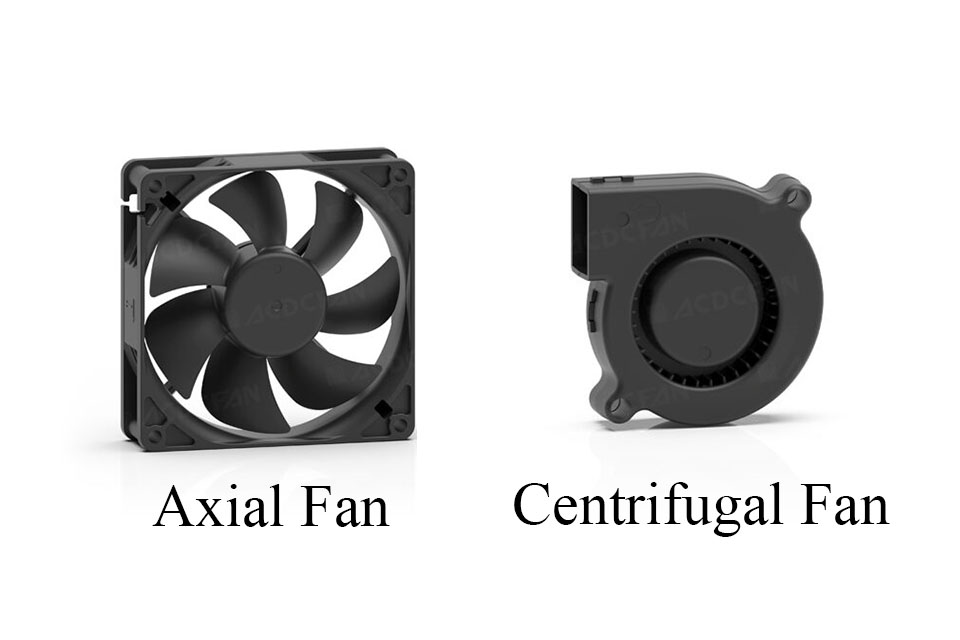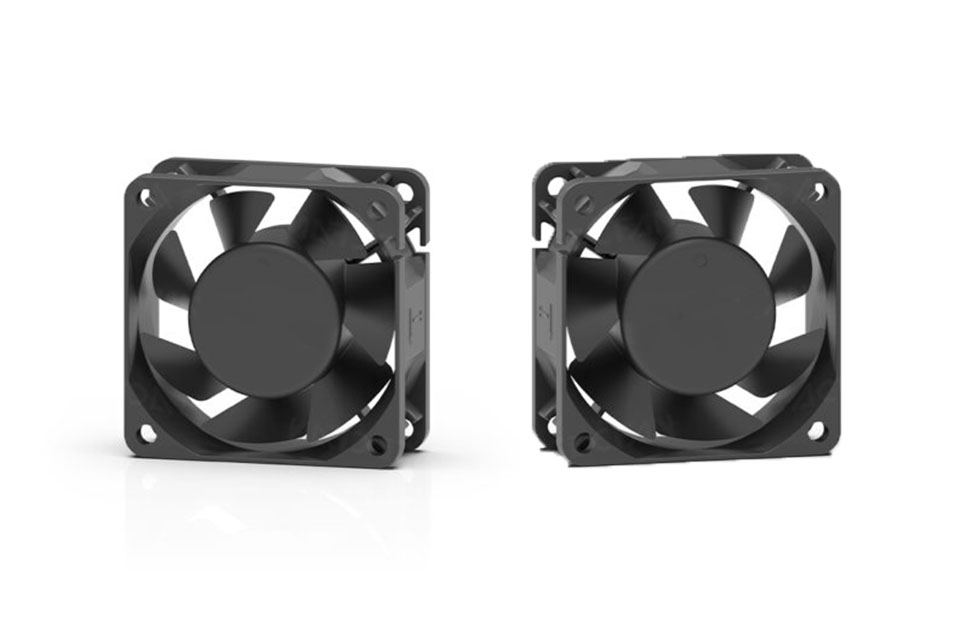How to Select the Right Cooling Fan for Your Needs
Summary
Cooling fans are essential devices widely used to enhance air circulation and regulate temperature across various settings, from residential homes to industrial facilities. The two primary types of cooling fans are axial fans and centrifugal fans, each designed for specific applications based on their operational characteristics.
Axial fans, with their propeller-like blades, efficiently move large volumes of air in low-resistance environments, making them ideal for cooling towers, server rooms, and residential spaces. In contrast, centrifugal fans are engineered to generate higher air pressure, making them suitable for complex ductwork and environments requiring consistent airflow under pressure, such as HVAC systems and industrial processes.
The selection of the right cooling fan hinges on several critical factors, including size, airflow capacity, noise levels, and specific environmental conditions. Proper fan sizing is crucial to ensure effective cooling, as larger fans typically provide greater airflow while operating more quietly at lower speeds. Additionally, noise levels are a significant consideration, especially in noise-sensitive areas, prompting users to seek fans with lower decibel ratings. Environmental factors, such as temperature and humidity, also influence the choice of fan, particularly in dusty or high-heat environments where specialized designs may be required.
In addition to conventional cooling fans, sustainable alternatives like evaporative coolers, geothermal cooling systems, and solar cooling technologies are gaining popularity for their energy efficiency and reduced environmental impact. These innovative solutions provide effective cooling while aligning with the growing consumer demand for eco-friendly practices, demonstrating the potential for significant energy savings compared to traditional air conditioning systems.
Overall, understanding the different types of cooling fans, their applications, and the factors influencing their selection is vital for achieving optimal performance and energy efficiency. This knowledge not only helps consumers make informed choices but also supports effective thermal management across various settings, ultimately enhancing comfort and operational reliability.
Types of Cooling Fans
Cooling fans are essential components in various applications, designed to improve air circulation and temperature control. The two primary types of cooling fans are axial fans and centrifugal fans, each serving distinct purposes based on their design and operational characteristics.
Axial Fans
Description and Functionality
Axial fans are characterized by their motor-driven rotating shaft, which is equipped with skewed blades that pull air in and expel it in a direction parallel to the shaft. This design allows axial fans to move large volumes of air effectively, making them suitable for cooling both small and large spaces. They are often referred to as propeller fans and are commonly used in applications such as cooling towers, outdoor air conditioner condensers, and electronic component cooling.
Applications
Axial fans are particularly efficient in low-resistance environments and are utilized in setups where space is available for unrestricted airflow. Common applications include ventilating warehouses, cooling server rooms, and assisting in residential and commercial air conditioning systems.
Advantages and Maintenance
One of the key benefits of axial fans is their energy efficiency; they consume less power compared to other types of fans, especially in smaller setups. Additionally, their design simplifies maintenance, typically requiring only blade cleaning and motor inspections to ensure longevity.
Centrifugal Fans
Description and Functionality
Centrifugal fans differ from axial fans in that they are designed to move air against higher static pressures. This capability makes them ideal for applications involving complex ductwork, filters, or systems requiring air to be pushed through narrow pathways. They operate by utilizing centrifugal force to separate particles from the air stream and are effective in environments where air resistance is prevalent.
Applications
Common uses of centrifugal fans include HVAC systems, industrial process cooling, and in high-density server racks, where they can efficiently circulate air through restricted spaces. Their robust design allows them to operate effectively in high-temperature environments, making them suitable for various industrial applications.
Advantages and Efficiency
Centrifugal fans are generally bulkier and more power-consuming than axial fans, but they excel in applications that require consistent airflow under pressure. They also tend to be quieter compared to axial fans at equivalent static pressures, making them suitable for noise-sensitive environments.
Factors to Consider
When selecting a cooling fan, several crucial factors must be evaluated to ensure optimal performance and satisfaction. These factors include size, noise levels, environmental conditions, and specific features tailored to the intended use.
Size and Airflow Capacity
The size of the fan is paramount, as it must fit within the designated space of the project. Common sizes range from 40mm to 120mm, and larger fans typically move more air at lower RPMs, resulting in quieter operation. It is essential to measure the length and width of the room to determine the square footage, as this will help match the fan's capacity to the room size. Larger spaces may necessitate fans with greater airflow capacity or multiple units to achieve optimal cooling.
Noise Levels
Noise levels are a critical consideration, particularly in environments where quiet is essential, such as bedrooms or living rooms. Fans with lower decibel (dB) ratings are preferable, as they provide a quieter operation. For instance, fans producing noise levels below 60dB are often comparable to normal conversation levels, which can be beneficial for sleep or relaxation. Some models even incorporate noise-reducing technology to enhance user experience.
Environmental Considerations
The environmental conditions in which the fan will operate must also be assessed. This includes evaluating the temperature range, humidity levels, and the presence of dust or contaminants. For fans used in dusty environments, models with filters or sealed designs are recommended to prevent debris from affecting functionality. Additionally, ensuring that the fan can be securely mounted with sufficient airflow around it is vital for maintaining its cooling efficiency.
Advanced Features
Considering advanced features can further enhance fan performance. Features such as adjustable airflow control and energy efficiency improvements can be valuable, particularly for electronic systems where overheating is a concern. Furthermore, evaluating the compatibility of the fan with existing systems can prevent potential failures and enhance overall efficiency.
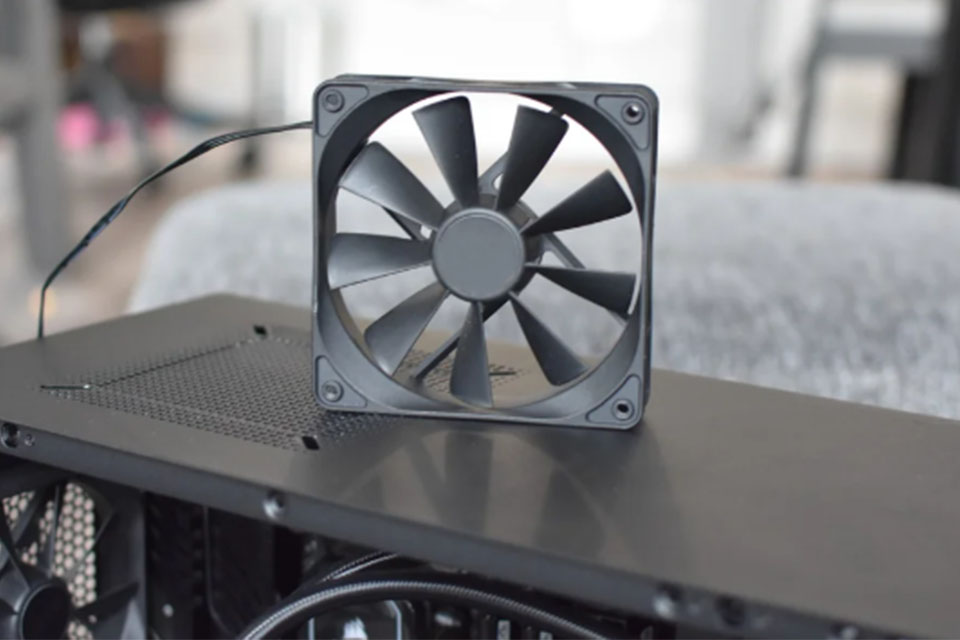
Applications of Cooling Fans
Cooling fans are essential devices used in various applications to improve air circulation, enhance comfort, and support efficient thermal management in different environments. Their versatility allows them to be employed in both residential and industrial settings.
Residential Applications
Cooling fans play a critical role in maintaining comfortable indoor temperatures in homes. They are commonly used to supplement air conditioning systems, enabling homeowners to raise thermostat settings while still achieving a comfortable environment. This can lead to significant energy savings, as ceiling fans and other types of fans use considerably less electricity compared to traditional air conditioning units.
Types of Residential Fans
- Ceiling Fans: These fans are ideal for rooms with high ceilings and can help distribute air evenly throughout the space. Energy-efficient models can consume up to 60% less energy than conventional fans.
- Tower Fans: Tower fans are known for their slim design, making them suitable for smaller rooms where floor space is limited. They often come equipped with features such as oscillation, timers, and remote controls for convenience.
- Window Fans: These fans are effective for bringing in fresh air or exhausting hot air from a room, making them a popular choice for cross-ventilation.
Industrial Applications
In industrial settings, cooling fans are critical for regulating temperatures and maintaining operational efficiency. They are widely utilized in various sectors, including HVAC systems in commercial buildings, manufacturing facilities, and food processing industries.
Key Uses in Industry
- Cooling Towers and Air Conditioning: Axial fans are commonly found in cooling towers and outdoor air conditioner condensers, helping to dissipate heat generated during cooling processes.
- Equipment Cooling: Fans are used to cool electronic components and combustion engines, preventing overheating that can lead to equipment failure.
- Air Circulation: High-Volume, Low-Speed (HVLS) fans are increasingly employed in large facilities to move large volumes of air gently, thereby enhancing comfort and reducing HVAC loads.
Benefits in Industrial Settings
Proper cooling provided by industrial fans not only enhances worker comfort but also extends the operational life of equipment by minimizing overheating and thermal stress. This leads to reduced maintenance costs and downtime, contributing to overall efficiency and reliability in production processes.
Installation and Maintenance
Proper installation and maintenance of cooling fans are essential to ensure safety, efficiency, and longevity. Following guidelines and safety protocols can significantly reduce the risk of electrical fires and malfunctions.
Installation Guidelines
When installing cooling fans, it is crucial to engage a licensed professional to ensure that all electrical components are correctly set up. This includes ensuring that the equipment has been tested and listed by a recognized laboratory, such as Underwriters Laboratories Inc. or NSF International. Prior to installation, confirm that all wiring is done correctly to avoid potential hazards such as fires or electrical shocks.
Additionally, fans should not be installed in explosive atmospheres, and proper grounding must be established to mitigate the risk of electric shock. After installation, check that the fans are securely mounted and that any safety guards are in place to prevent accidental contact with the blades.
Regular Maintenance
Regular maintenance is vital for both safety and efficiency. Homeowners should schedule inspections of their cooling equipment, ideally in early spring for air conditioning systems, to prevent unforeseen issues during peak usage. A certified HVAC technician should conduct a thorough inspection, which includes checking electrical components such as wiring connections, disconnect boxes, and contactors.
Moreover, fans and other cooling units should be periodically checked for wear and tear, including the condition of cords and plugs, as frayed or damaged components can lead to electrical failures. Keeping air filters clean and ensuring that ducts are free from mold and other contaminants can also contribute to better indoor air quality and equipment performance.
To maintain optimal operation, it is advisable to replace older fans, as aging motors may overheat and pose safety risks. Additionally, ensure that smoke and carbon monoxide alarms are functional and located throughout the home to enhance safety in the event of a fire.
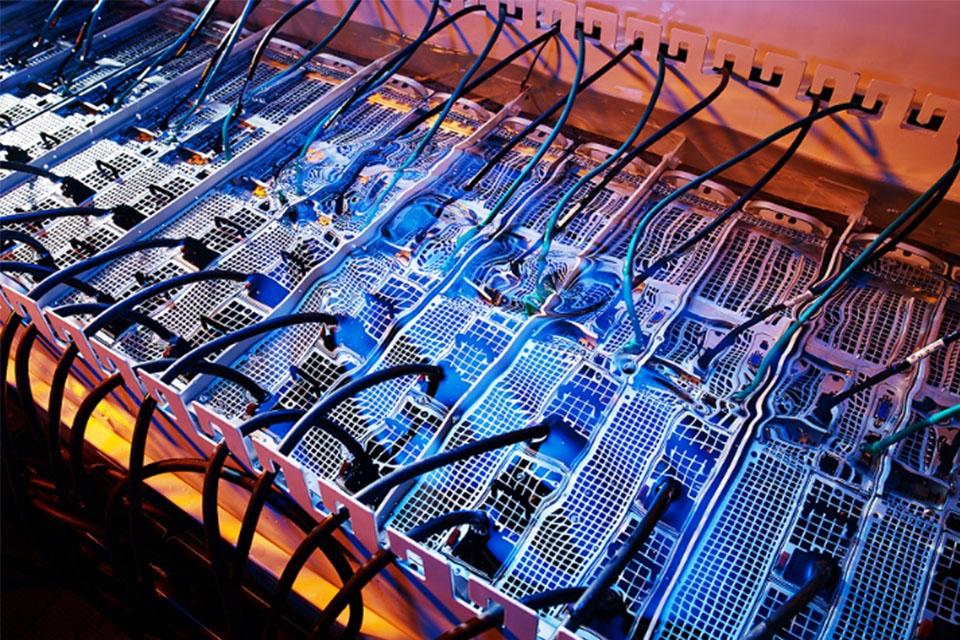 Why Blower Fans Are Essential in Fiber Optic Equipment
Why Blower Fans Are Essential in Fiber Optic Equipment
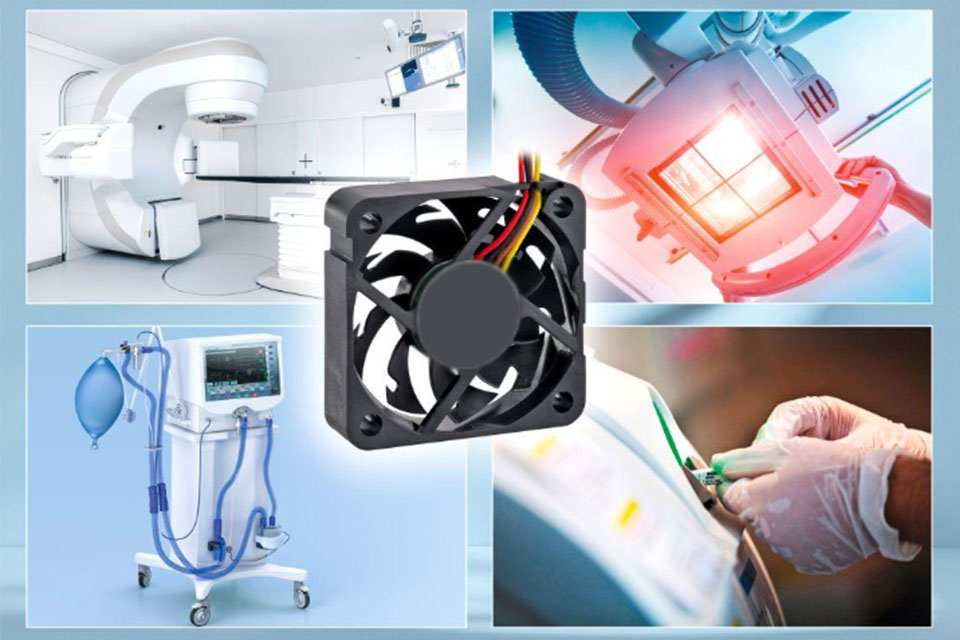 Cooling Fans in Portable Medical Devices
Cooling Fans in Portable Medical Devices
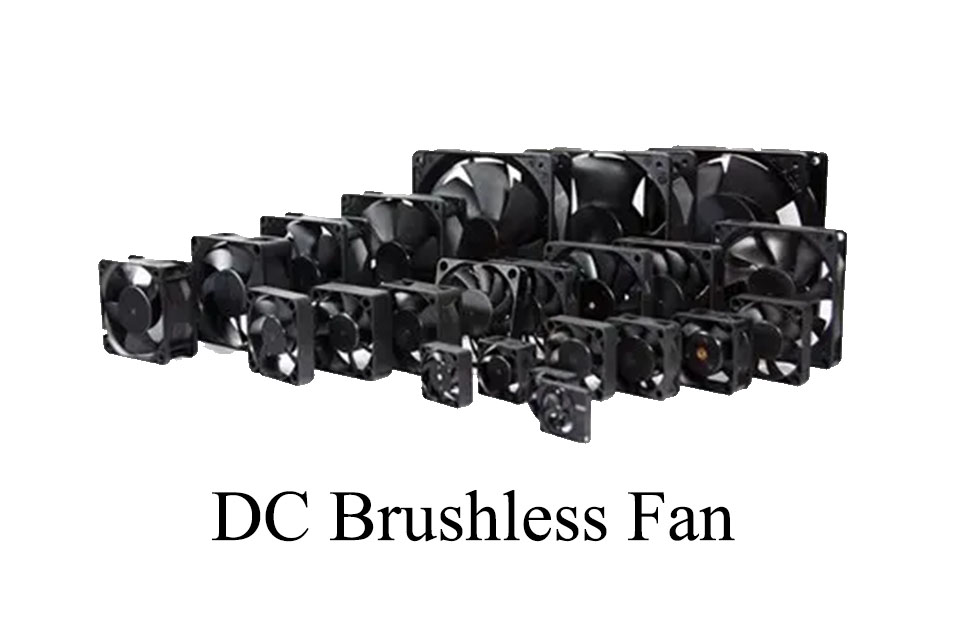 The Critical Role of DC Brushless Fans in Modern Electronics Cooling
The Critical Role of DC Brushless Fans in Modern Electronics Cooling
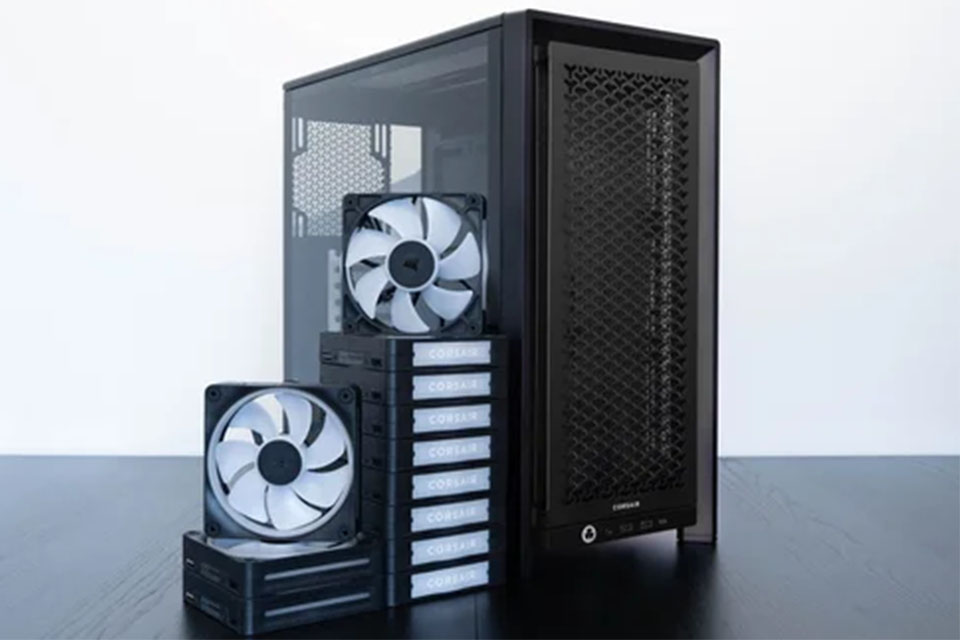 Water-Resistant DC Fans for Harsh Environments
Water-Resistant DC Fans for Harsh Environments

